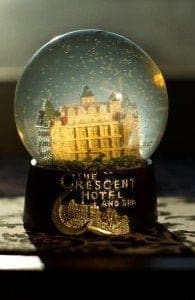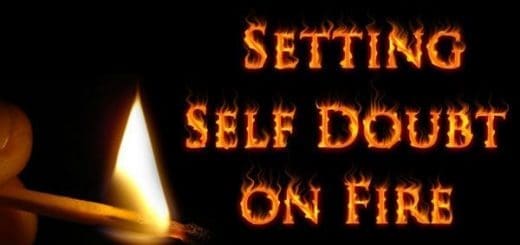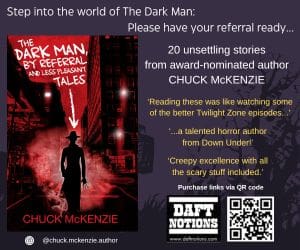Guest Post: Beyond the Floating Heads: Research in Nonfiction

Photo Credit: LaMishia Allen Photography
Everyone has a ghost story. Something that eats away at their memory and is either shunned as an overactive imagination or flaunted in social media. As a society, we’re now a community of the haunted and it’s my job to bring those stories to life. In my new book, Haunted Stuff: Demonic Dolls, Screaming Skulls, and Other Creepy Collectibles, I focused on objects that possessed a certain skill in freaking people out.
In my role as a nonfiction writer this time, I had to break down the research rules to keep the book out of the realm of just another coffee table book. Here are some tips to help you keep on top of the nonfiction beast:
- Sources: The Internet is a virtual playground of dead ends, rumors, suspicion, half-truths, and flat-out lies. I get it. There’s a freedom that comes with writing whatever you want with a low possibility of being shanked by the truth for it later, but as a writer, it’s our duty to do due diligence and follow that story to its bitter end. Ghost stories are notoriously difficult to rope in since most of them are based in urban legend. When chasing down stories such as these, try to find the most credible sources and list them in your bibliography (cite everything). I followed my own rule of thumb to have at least three credible sources for every story, including books, interviews when possible, the Internet, and newspaper articles.
- Photographs: One of the unexpected issues while writing Haunted Stuff was that of photographs. I chose to only publish photos of the actual items instead of reproductions, reducing the number of photos available for the book. To find your own photographs or for inspiration, try the Library of Congress as an excellent resource. Please check copyright laws before adding any photographs to your work.
- Interviews: There’s nothing better than speaking with someone about their experiences first-hand. Be prepared for taking notes, both on paper and voice recording for tone, or have a detailed list of questions ready to roll if interviewing by email. I like to do a one-two punch of personal interview first, and then follow up with questions via email to make sure I have the quotes correct.
- Excel spreadsheets: You’ll thank me later for this. Set up your bibliography spreadsheet before you type the first word of your manuscript. Set up a different sheet for books, interviews, Internet, and photographs, and then enter the source information each time to cut down on wandering through bookmarks right before you send it off to your editor. To compile your list, use BibMe, a free bibliography program online.
Nonfiction isn’t for the weak. Chasing down the root of a story is often as ephemeral as the ghost itself, but the satisfaction of having one person look over their shoulder while they read it is deliciously addicting.
Stacey Graham is a freelance editor and the author of the Zombie Tarot, The Girls’ Ghost Hunting Guide, Haunted Stuff: Demonic Dolls, Screaming Skulls, and Other Creepy Collectibles, and The Boxcar Children Guide to Adventure: A How-To for Mystery Solving, Make-It-Yourself Projects, and More, plus multiple short stories. Please visit her website at staceyigraham.com, on Twitter at @staceyigraham, and Facebook at Facebook.com/authorstaceygraham.
- About the Author
- Latest Posts
Stuart Conover is a father, husband, published author, blogger, geek, entrepreneur, horror fanatic, and runs a few websites including Horror Tree!











Stacey, loved the post and I can’t wait to read your new book!